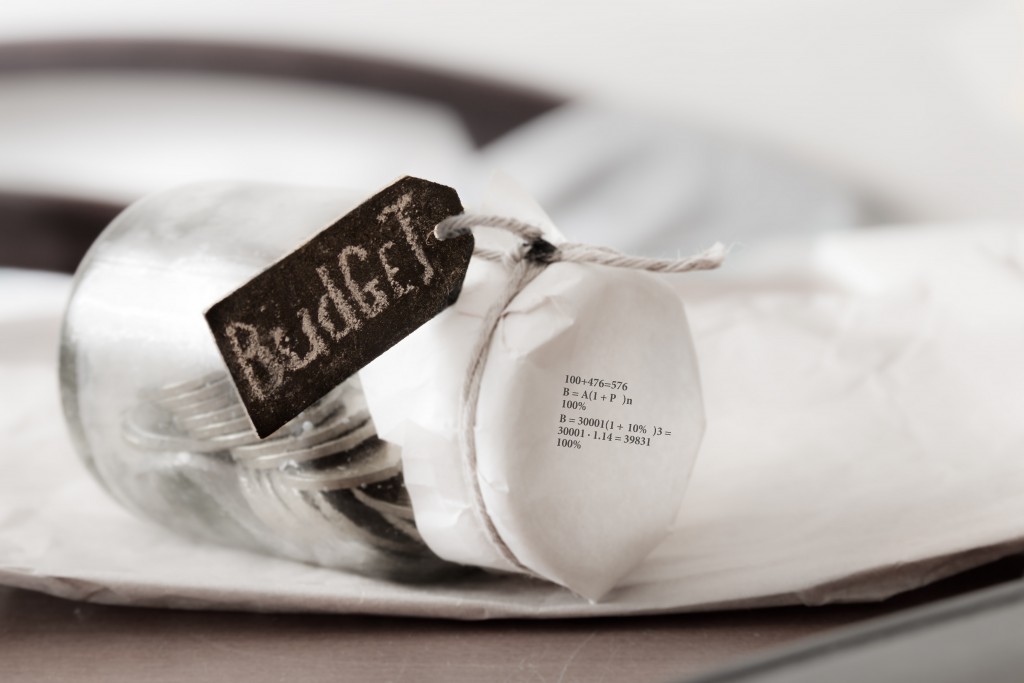A business plan is a critical document for businesses of all sizes. Even if you never look at the plan again, creating it helps you develop a strategy, understand your market demographics and appropriately price your product or service. At its core, a business plan is a financial tool with specific planning components that create a holistic, successful business.
Costs
There are two ways to evaluate the cost of manufacturing a product or delivering a service. Use job costing to figure out how much it costs to perform one job. This is a good system for service providers or manufacturers of large goods. Use process costing to come up with a cost for a batch of a product. Pharmaceutical companies are a good example of businesses that use this type of costing method because they make thousands of one form of pill at a time.
Costing is important because it develops a base level for staying in business. Whichever method you use, make sure to accurately include overhead, such as rent, administration and non-manufacturing supplies, into your calculations.
Market Demographics
Your business plan should have a whole section on marketing. This is where finance takes on a human face. A common mistake is to short this section by deciding you will sell to everyone. There are more than seven billion people in the world. Some of these people cannot afford your product and others are out of your marketing grasp. A realistic analysis of your market demographic should include the number of people you can reach, your competition’s market share and the average income of your target audience.
Revenue
With the costs of production and your target market in mind, it is time to develop a proposed revenue structure. This is where you set the price for your deliverables. At the low end, your price must cover all of your expenses. At the high end, it needs to be priced so your demographic will be willing to make a purchase. Make sure that your price point has both a profit margin and a contingency margin built in.
Budget
Include sample financial statements in your budget to tell you the proposed profit for your business. Use a good online accounting system like Sage One that gives you the budgetary information you need to create accurate statements. Sage One’s dashboards create custom reports and give you a full view of your business’ finances, including where you have the potential to save money and increase your income.
Use the budgeting statement to forecast at least the next five years. The first three years should have a monthly target revenue and expense line items. The last two years should have quarterly or annual accumulated amounts. The budget should also include growth amounts over the next five years.
Cash Flow Statement
Accrual accounting books revenue at the time it is earned. This is how businesses are supposed to record their income, according to the Generally Accepted Accounting Principles (GAAP). This means that you may have a huge amount of sales but not see a penny for weeks or months. If you have overhead or manufacturing costs, you will have a cash outlay before income. This is shown on a cash flow statement and is one of the most important components of your business plan. If your cash flow is too low to start, look to a bank or angel investor to float you in times of bad cash flow.

